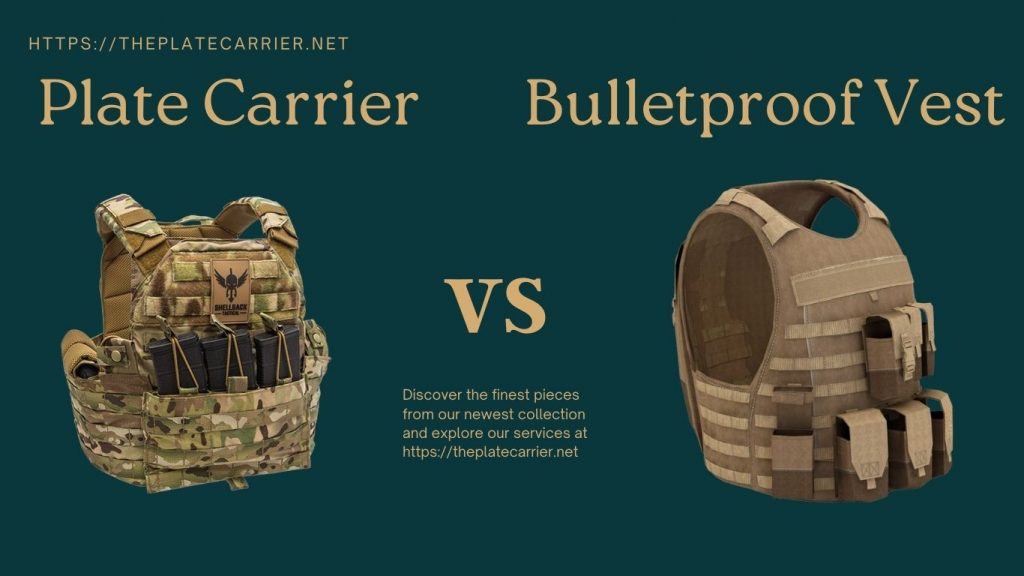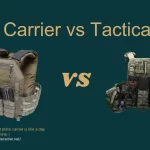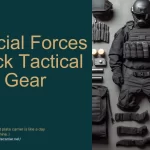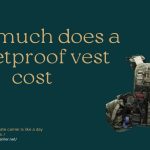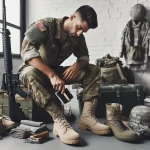Plate Carrier vs Bulletproof Vest: In the ever-evolving landscape of personal protection, the choice between a plate carrier and a bulletproof vest can be as crucial as the decision to wear protection itself. Let’s embark on a journey through the intricacies of these two defenders, exploring their key features, pros, and cons.
Read Also: Plate Carrier vs Tactical Vest
Plate Carrier vs Bulletproof Vest | What’s the Difference?
Plate Carriers
Plate carriers are designed to conceal the body. They are not bulletproof, but they can protect an individual from gunfire. Bullets can still pass through the plate carrier, but they only create a hole in the cloth body.
It is evident when the plate carrier is worn over a uniform, such as a uniform coat, T-shirt, and pants.
Bulletproof Vests
On the other hand, bulletproof vests are designed to protect against gunfire and other projectiles that could fire at you. The bulletproof vest looks more like a military uniform, with no pockets or other bulges for weapons to hide in.
The primary purpose of bulletproof vests is to deflect bullets from penetrating the clothing underneath the bulletproof vest.
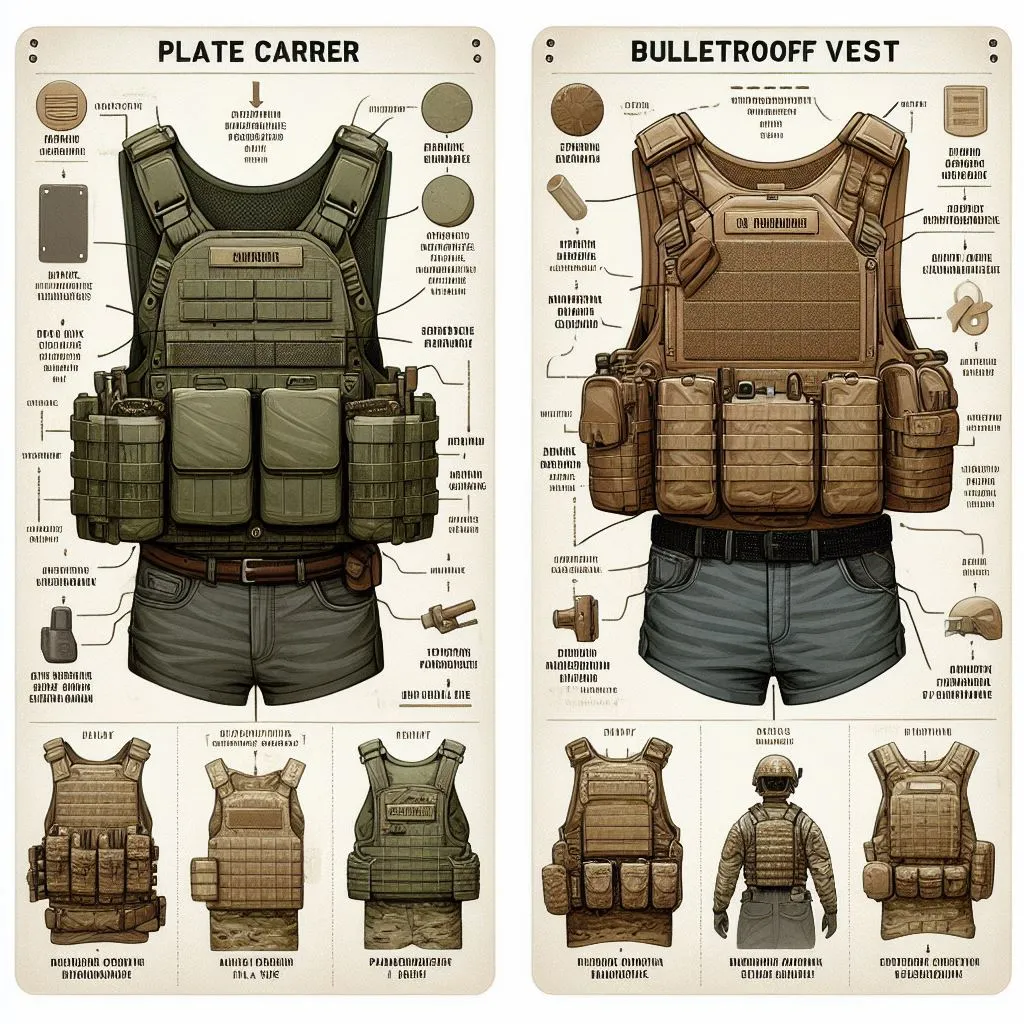
What is a Plate Carrier?
A plate carrier is a tactical piece of gear designed to hold hard armor plates. Imagine a rugged vest that acts as a protective canvas, allowing you to insert ballistic plates into pockets strategically placed across your chest and back. These plates, often made from materials like ceramic or steel, offer an additional layer of defense against projectile threats.
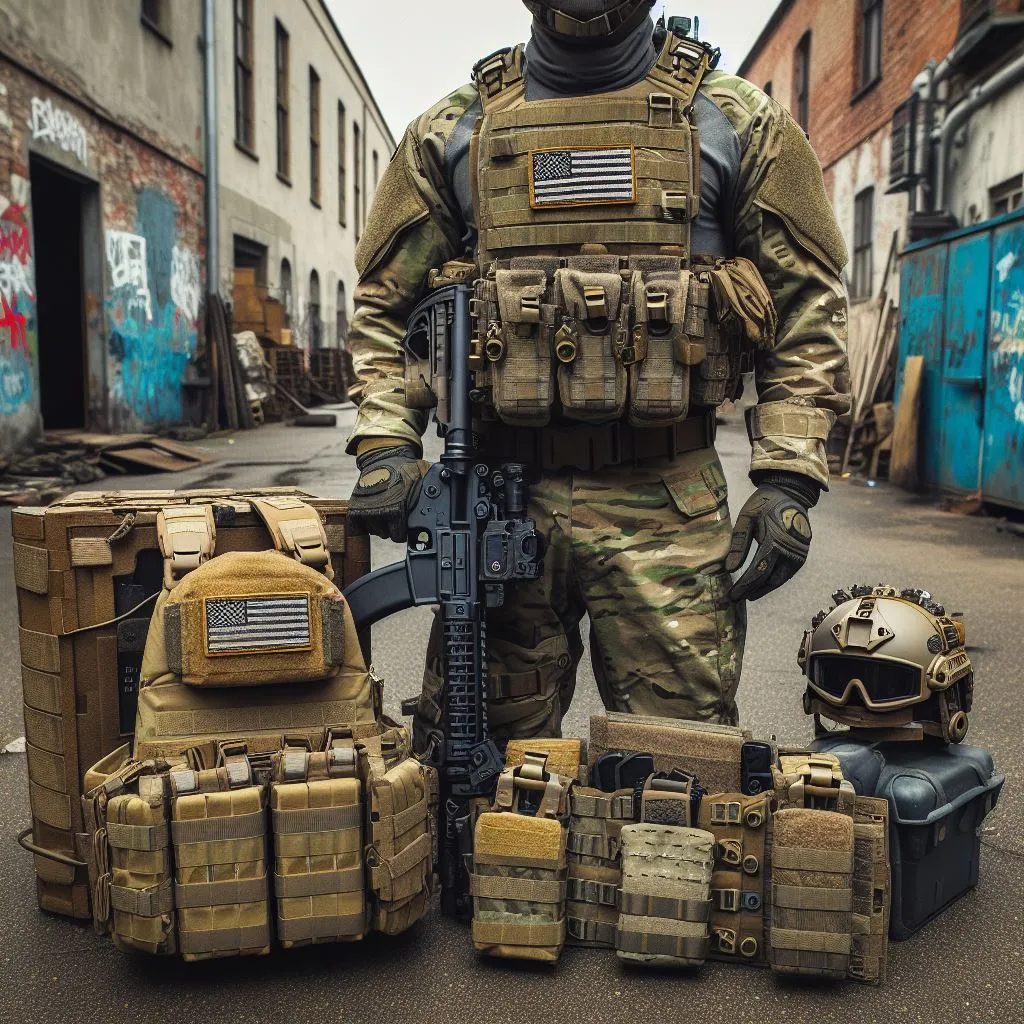
KEY FEATURES:
- Modular: Add pouches, hydration systems, and other gear like Legos for soldiers.
- Scalable: Choose different plate sizes and thicknesses for varying levels of protection.
- Breathable: Often made with lightweight materials for better air circulation.
Pros:
- Superior protection: Stops rifle rounds, shrapnel, and even some low-caliber explosives.
- Customization: Tailor your armor to your specific needs and mission.
- Comfort: Modern designs prioritize mobility and ventilation.
Cons:
- Bulkier and heavier than vests: Not exactly your “dinner date” attire.
- Less concealable: Screams “security guard” a mile away.
- More expensive: Plates and carriers can be a hefty investment.
Read Also: What is the weight of a Bulletproof vest?
What is a Bulletproof Vest?
A bulletproof vest, also known as a ballistic vest or bullet-resistant vest, is a piece of personal protective equipment that is worn on the torso to absorb the impact of and potentially stop bullets and other projectiles. It is typically made of multiple layers of strong fibers, such as Kevlar or Dyneema, which help to catch and deform the bullet, spreading its force over a larger area and preventing it from penetrating the body.
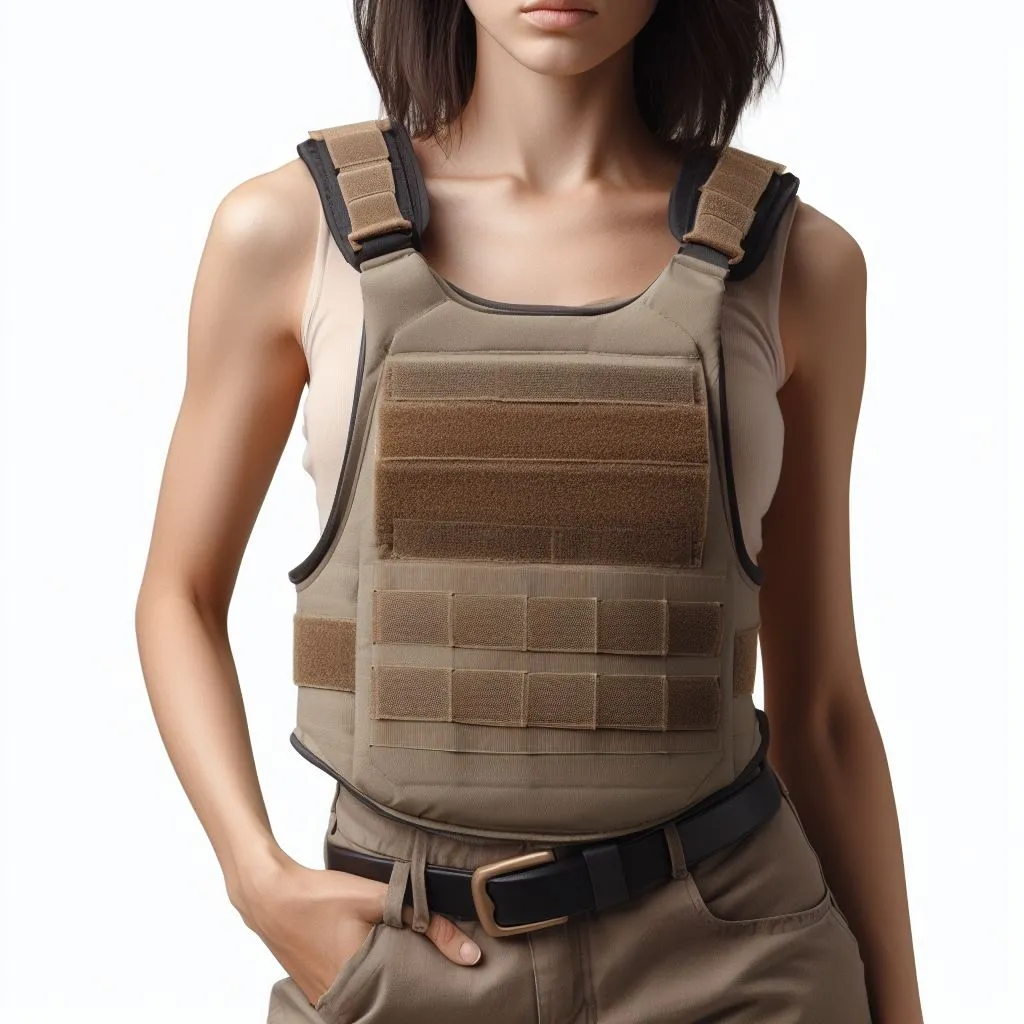
KEY FEATURES:
- Concealable: Tuck it under your shirt, blend in with the crowd, and become the ultimate undercover agent.
- Lightweight: Feel like a nimble ninja, not a tank trudging through molasses.
- Comfortable: Wear it all day without feeling like you’re lugging around a brick wall.
PROS:
- Discreet: Keep your protection hidden, perfect for undercover work or everyday situations.
- Mobile: Move freely, dodge bullets like Neo, and become the ultimate bullet-dodging champion (figuratively, please).
- Affordable: Compared to plate carriers and plates, these vests are within reach for most budgets.
CONS:
- Limited protection: Pistol rounds only, folks. Rifles will turn this vest into confetti faster than you can say “Swiss cheese.”
- Heat retention: Kevlar loves trapping heat, turning you into a walking sauna in warm weather.
- Bulky under tight clothing: While more concealable than plate carriers, they can still print under thin shirts.
Read Also: Chest Rig Vs Plate Carrier
